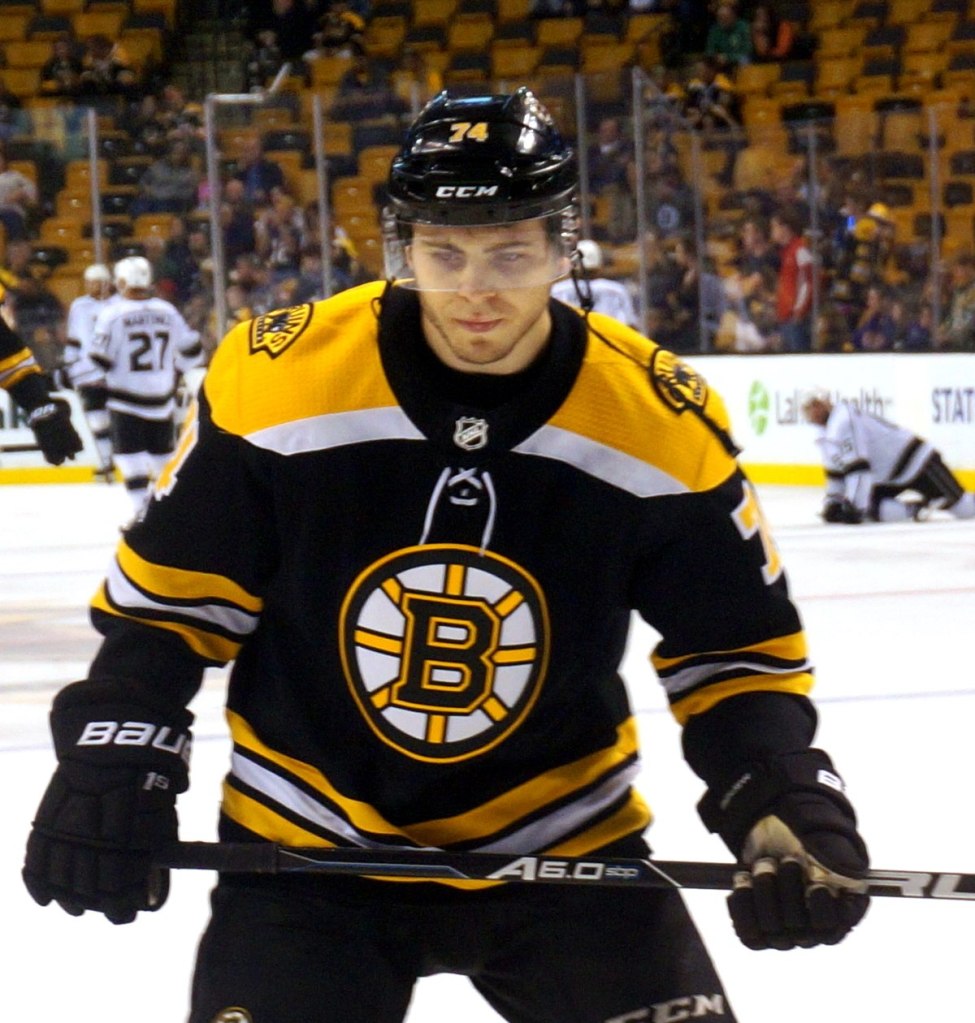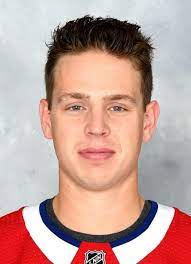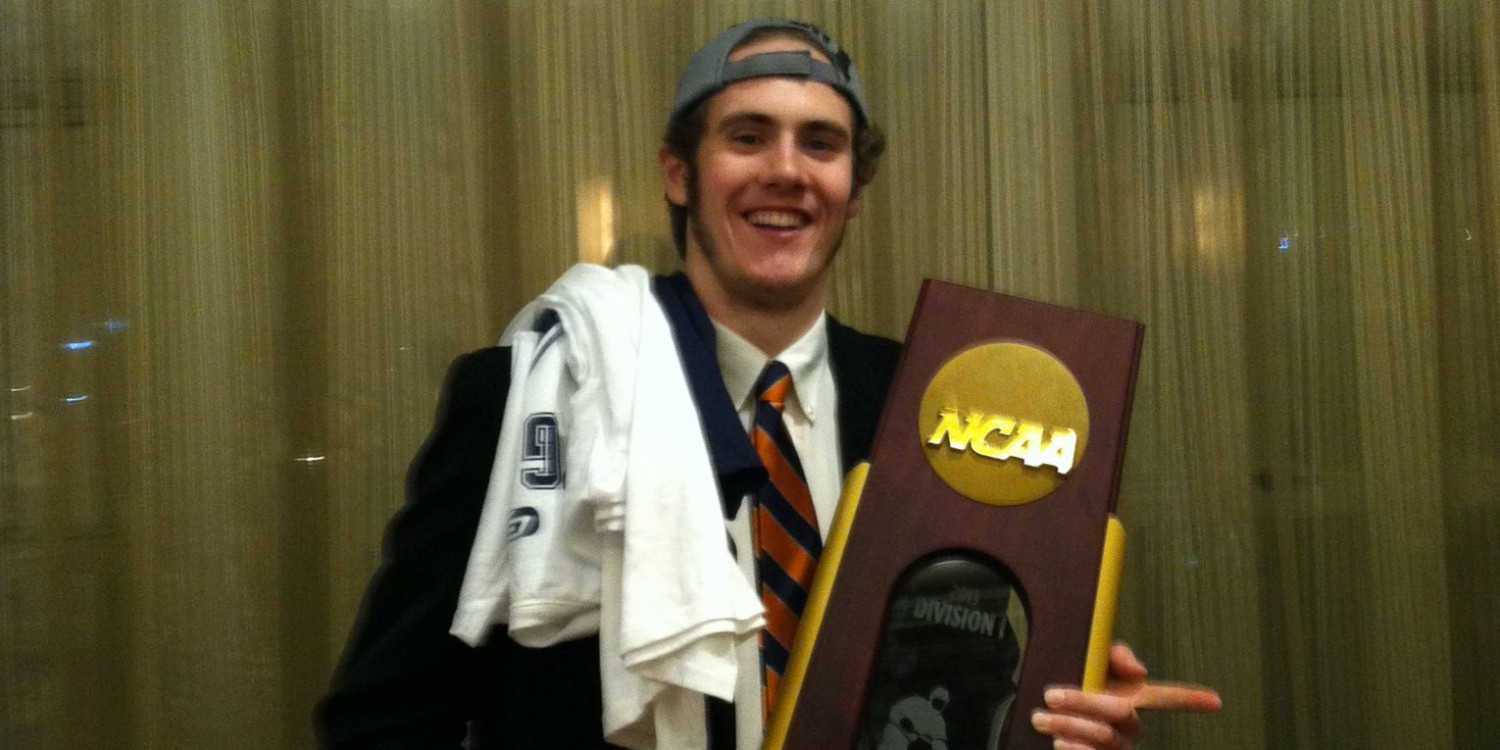The 2021 Stanley Cup Playoffs have begun and aside from the first three contests all going to overtime, there are always winners and losers in hockey, especially come springtime. The Boston Bruins lost Game 1 on a Nic Dowd deflected shot from T.J. Oshie that he got a piece of before the puck rolled in, breaking a 2-2 deadlock in the first extra session. It was a game there for the taking from the B’s perspective, but they instead find themselves in an 0-1 hole. Here are some observations about the game and what the team can do about it to generate a better outcome in Game 2.

1. The Bruins were unable to match Washington’s physicality to start the game. The Capitals came at the Bruins hard, leveling them with big, clean hits early on and dictating the pace/tempo. This in turn fired up the home crowd. Boston was able weather the storm, but to set the conditions for a different result tonight, they will need to take the initiative and be ready for the runs that the heavier Capitals players are sure to take at them. One way they can mitigate that is by going to the net as hard as possible and initiating some scrums with Caps players to take away the momentum gained by big, open-ice hits. It’s a fine line, so the B’s will have to make sure their sticks don’t get up or that they don’t do anything undisciplined like running Craig Anderson, but with the proverbial wind in their faces, they need a better start, and earning the first lead of the series wouldn’t hurt.
2. 21 missed shots against a goalie playing in just his fourth contest of the season. Wayne Gretzky famously said that you miss 100% of the shots you don’t take. The same holds true of shots attempted that miss the net entirely, and that played a significant role in Boston’s loss Saturday night. Whether the B’s had first game jitters or the Caps simply disrupted their time and space, the fact of the matter is- the visiting team failed to take advantage of a golden opportunity after Jake DeBrusk chased starter Vitek Vanecek from the game with his goal that forced the netminder to do an awkward split and incur a lower body injury. Another way to look at Anderson coming in is that it was a blessing in disguise for Washington. Anderson is a playoff veteran with a career .929 save percentage, knocking Boston out of the first round of the postseason in Bruce Cassidy’s first year. Either way, the ghosts of Hardy Astrom and Andre Racicot would have won a game in which his opponent didn’t force him to make 21 stops- the B’s made it easy on Anderson, who if anything, lacks sharpness and timing in his game. The Bruins must focus their efforts on shooting pucks at every opportunity and avoid falling into the trap of making the extra pass or trying to make the perfect shot- get it to the net early and often and bring the forwards down below the dots as much as possible to capitalize (no pun intended) on rebounds and get some dirty goals. The most important thing for the Bruins right now is to not let Anderson get comfortable- he’s only going to get better as he settles in, so figure out a way to pepper him early or the slog only becomes more difficult. They’d be better off against Vanecek to be honest (and Ilya Samsonov is out of COVID protocol and an option for the Caps as well).
3. The top lines didn’t have their best stuff. That is putting it mildly. Whether mishandling pucks, missing on passes, turning pucks over or generally failing to get anything going offensively, the first and second forward units were a no-show, and that is a recipe for a loss for any team. Brad Marchand, in particular, had a rough one; he’s so fast, slippery and dynamic, but for whatever reason, he was unable to handle the puck cleanly all night and made bad decisions with his reads and subsequent passes. Patrice Bergeron worked hard, but wasn’t able to get to the net consistently, while David Pastrnak had some perimeter shots, but was unable to find the quiet ice for one-timers and quick release shots that make him so dangerous. The second unit, aside from Taylor Hall drawing several penalties at the offensive blue line with his fast feet and quick hands, was even less effective. If playoff David Krejci is the best Krejci, then the B’s are right to expect more from him. There is simply too much talent, intelligence and effort on that line with Craig Smith for the second line to not generate sustained offensive pressure. That DeBrusk and Nick Ritchie scored the Boston goals to generate secondary scoring for a team that has long relied on its top forwards to create the offense was a good sign, but even the most ardent defenders of the B’s have to take a step back and recognize that they simply didn’t get it done. It isn’t like they were creating chances and Anderson was snuffing them out- they looked sluggish and ineffective, playing most of their hockey on the perimeter and not able to get to the middle of the ice where the real goals in this game are scored. Whatever happened in Game 1 is done, things have to change tonight, or you can expect the team to return to Boston in a bigger hole. We think Marchand and Co. are primed for a big comeback and if not, Krejci’s unit could ably carry the offensive load- they have it in them to do it.
4. Stick on puck, stick on puck, stick on puck! The Boston defense, especially the Jeremy Lauzon-Kevan Miller pairing, struggled with this, allowing the Capitals to enter the zone cleanly too many times. On the flip side, the Caps disrupted Boston’s rushes for the most part, because their defenders gapped up well and aggressively used their sticks to disrupt the north-south flow. The most effective defensemen in the game all share one trait in common: they have a “good stick,” meaning that they are able to negate scoring chances consistently using their lumber and not necessarily their body. The Boston defense as a whole needs to focus on making sure their stick on puck is better in Game 2 and not allow Washington to simply get to the net uncontested. One example of this in Game 1 was the Tom Wilson goal. When Charlie McAvoy broke his stick at the Washington blue line and allowed the odd-man rush, he was without his most important tool to defend his own net, but Matt Grzelcyk had a chance to break up the play had he employed a more aggressive stick on puck approach. As he backed in, he may have thought that Daniel Sprong posed a threat on the far side, but with Sean Kuraly beating feet back, there was a split-second window when he could have knocked the puck off of Oshie’s stick *before* he made the pass to Wilson for the score. It’s easy to second guess at this point, but a more aggressive defensive play as opposed to backing in and giving Oshie the ice in front of him uncontested was a key factor in Washington drawing first blood and seizing momentum. Boston’s overall defense was sound, but it is the little things that can turn the tide in Game 2, and better stick on puck won’t hurt. As an aside- Lauzon took a shot off the hand and is questionable tonight, meaning we are likely to see Connor Clifton in the lineup to take his place. Jarred Tinordi is another option, but with Clifton’s postseason experience, he’s got the edge if Lauzon can’t go.
5. More movement on the power play. Yes, the B’s got a power play goal from Ritchie and held Washington’s top units with the man advantage off the scoring ledger, but you can bet the Capitals will find their mojo. To counter, Boston’s power play unit simply must get better and is starts with improved movement. In Game 1, the PP was largely static, especially on the point with Grzelcyk not taking advantage of the time and space to walk laterally along the blue line to open up the penalty killers down low and create better shooting lanes (hat tip to Reed Duthie for that observation, btw). The B’s got their one power play tally due to a sheer effort and hustle play by Smith to win a footrace and keep the puck in the zone, but the reality is- the man advantage was never much of a threat in this one, when just one other goal would have secured a regulation victory for Boston. Any successful power play starts with effective movement to loosen up the PKers, and then gets pucks to the net so that the PP can employ the extra player to max advantage. If you don’t force the opposition out of their structure, they can simply sit back and clog the high danger areas and keep the puck to the outside. Its about movement and puck possession- forcing the killers to move and expend energy, while getting them out of position to create shooting/passing lanes and then capitalizing on the outnumbered situation. The Bruins didn’t do this enough and were fortunate to get the one goal. If they don’t alter their approach, they won’t have much success with the man advantage in the series. Another Reed suggestion- consider using Mike Reilly (who struggled with his defensive play Saturday) up top on the PP where he can use his lateral agility and vision to generate that movement.
You will note that goaltending is not one of the five observations. Tuukka Rask wasn’t terrible, but he wasn’t great, either. He can and should be better, but there is no reason to spend any more time pointing that out. He gave his team a chance, and while the optics on the winning goal wasn’t great, it’s a team game, and for our money- the above factors had more with the Bruins losing a close-run overtime game than the inability of the veteran netminder to make that stop. Again, not absolving Rask of his part in the loss here, it’s just that he could have been lights out in OT, and Washington still could have won the game because the B’s were deficient in other areas. That’s hockey.
Onto Game 2- no one ever said winning a playoff series in the NHL was easy.




